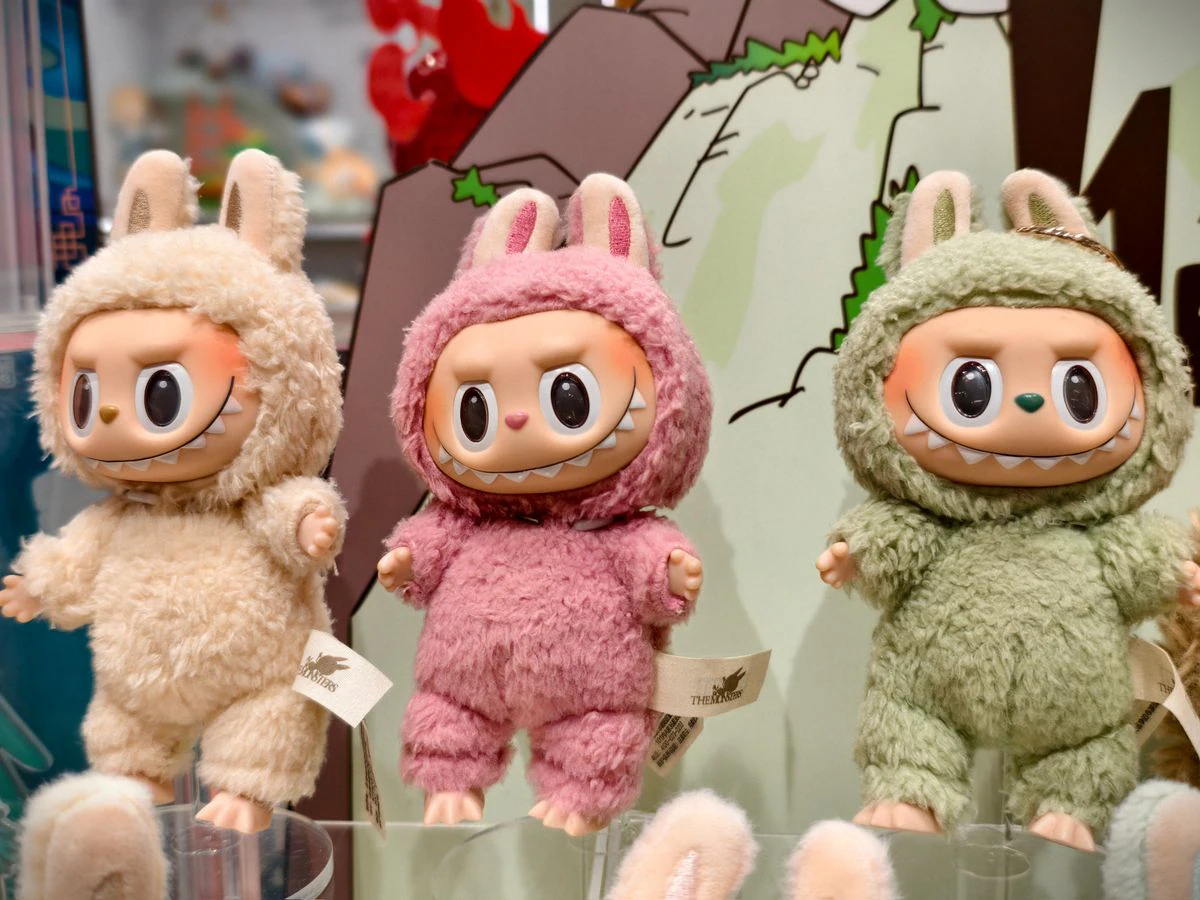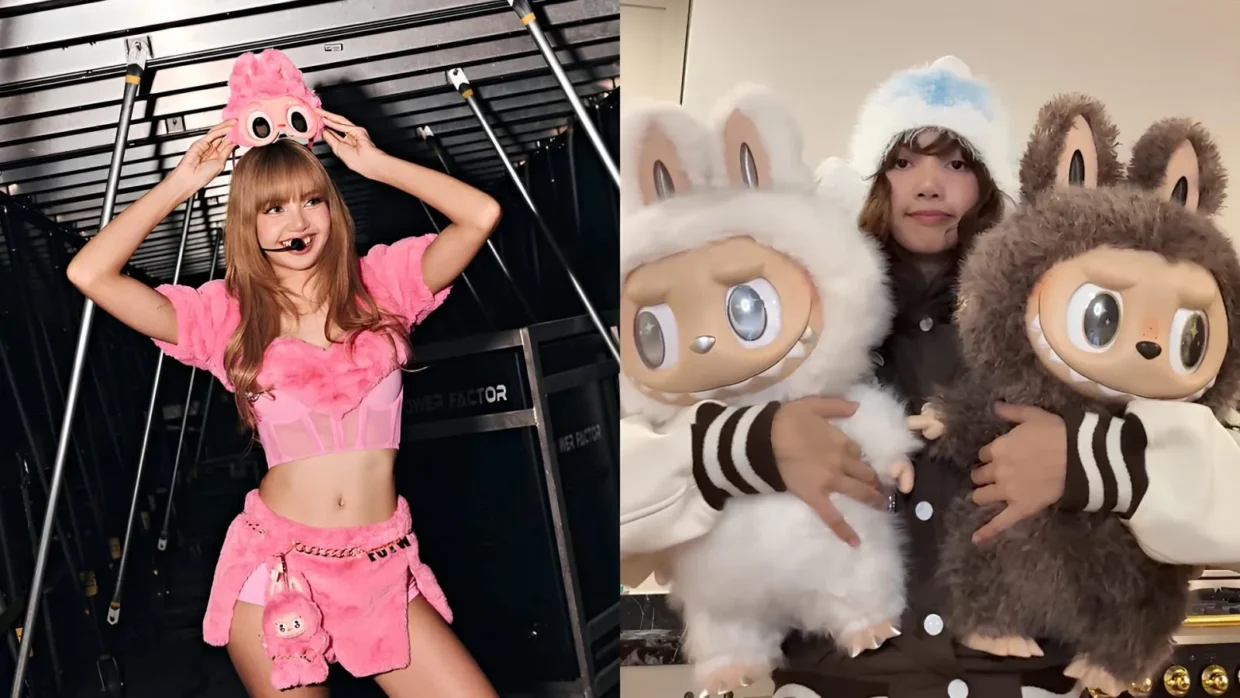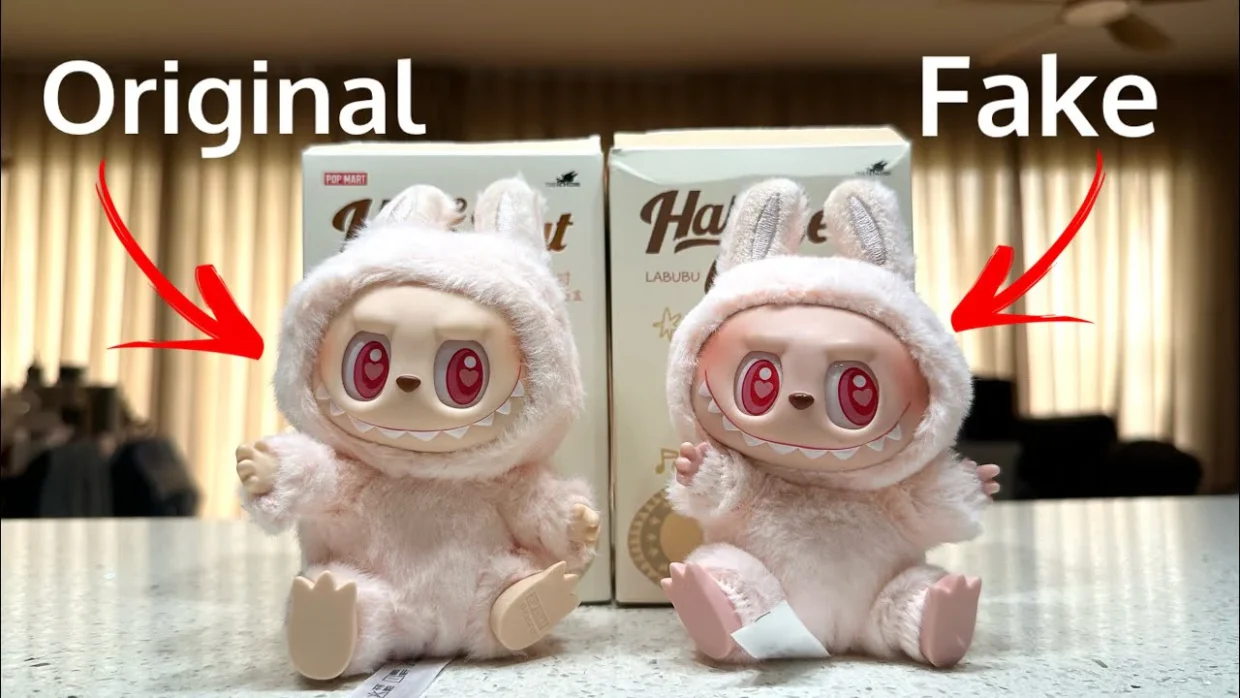About the author
Jakub Remiar
I cover all parts of the mobile game ecosystem, from system design to economy balancing.

HighlightsJournal 26 Jakub Remiar September 23
When most people think of gaming, they picture consoles, mobile hits, or maybe Roblox worlds. But behind the scenes, the real money game is in investments, stocks, acquisitions, and cultural icons that break out far beyond gameplay.
Over the past year, gaming-related stocks have been on fire:
Add Tencent’s empire of global stakes (Epic, Riot, Supercell), Sony’s steady PlayStation revenues, and Microsoft’s $69B acquisition of Activision Blizzard, and you see one thing clearly: investors don’t treat gaming as play, they treat it as prime growth.

Now the fun (and weird) part.
Pop Mart’s Labubu dolls have turned a quirky “ugly-cute” character into a $40 billion empire. Profits grew 350% in H1 2025, shares on the Hong Kong exchange are up 655% in a year, and founder Wang Ning has entered China’s top 10 richest.
But this craze didn’t explode until one cultural spark: BLACKPINK’s Lisa.

In April 2024, Lisa casually showed off a Labubu keychain — and the world lost it. Since then, she’s gone full collector mode:
Her obsession has real economic power — Labubu’s global demand skyrocketed after her endorsements, driving the “ugly doll” into luxury fashion, pop culture, and billion-dollar markets.

At the height of the original Pokémon TCG craze in the U.S. (roughly 1999 to 2000), trading cards alone topped $100 million in sales in just January to June 1999, or about $17 million per month on average, alongside $42 million in Pokémon toys and $69 million in video games over that same six-month window. Wizards of the Coast’s 1999 annualized sales tied to Pokémon helped drive an estimated $669 million in revenue that year.
Labubu’s 2025 surge looks steeper in pace and more digitally driven. In H1 2025, Pop Mart posted RMB 13.9 billion (US$1.93b) revenue, with RMB 4.8 billion from Labubu alone, roughly RMB 800 million per month from Labubu during the half, while company profits rose nearly 400% year over year. On marketplaces and social commerce, Labubu’s June 2025 TikTok Shop revenue reached US$5.5 million, and StockX data showed resale prices averaging US$121, with volumes doubling from January to June 2025.
Currently Pop Mart stock is sliding 9% after reports of falling resale prices and cooling demand. Re-sale data show that “Mini Labubu” prices have dropped 24% from their recent peak in China’s secondary markets.
A big part of the problem has been the proliferation of counterfeits and quality issues. Knockoff versions, often called “Lafufus,” are widespread, and authorities have seized tens of thousands of fake dolls for safety issues, missing authenticity markers, and often poor build or toxic material concerns.
This dilutes the premium image among collectors: when you can’t reliably distinguish a real Labubu from a fake, or when fakes flood resale channels at lower prices, resistance builds. At the same time, increased supply (both legitimate and illegitimate) and less “cool factor” among trend-watchers is reducing urgency to buy, which undermines the blind-box / collector model that depends heavily on hype and scarcity. This was not the case for Pokémon, as it preserved its brand much more aggressively, and therefore it has stood the test of time.

AppLovin’s 5x stock run, Unity’s 120% surge, and Take-Two’s 62% rise show investors love growth in gaming infrastructure and IP. But when you zoom out, Pokémon, LEGO, and Labubu prove something even more powerful:
Icons make the money.
In gaming, toys, and culture, it’s not just about downloads or graphics. It’s about obsession.
Whether it’s Pikachu, a LEGO brick, or Lisa’s Labubu charm, the real ROI is when fans can’t stop collecting.
About the author
I cover all parts of the mobile game ecosystem, from system design to economy balancing.
Please login or subscribe to continue.
No account? Register | Lost password
✖✖
Are you sure you want to cancel your subscription? You will lose your Premium access and stored playlists.
✖